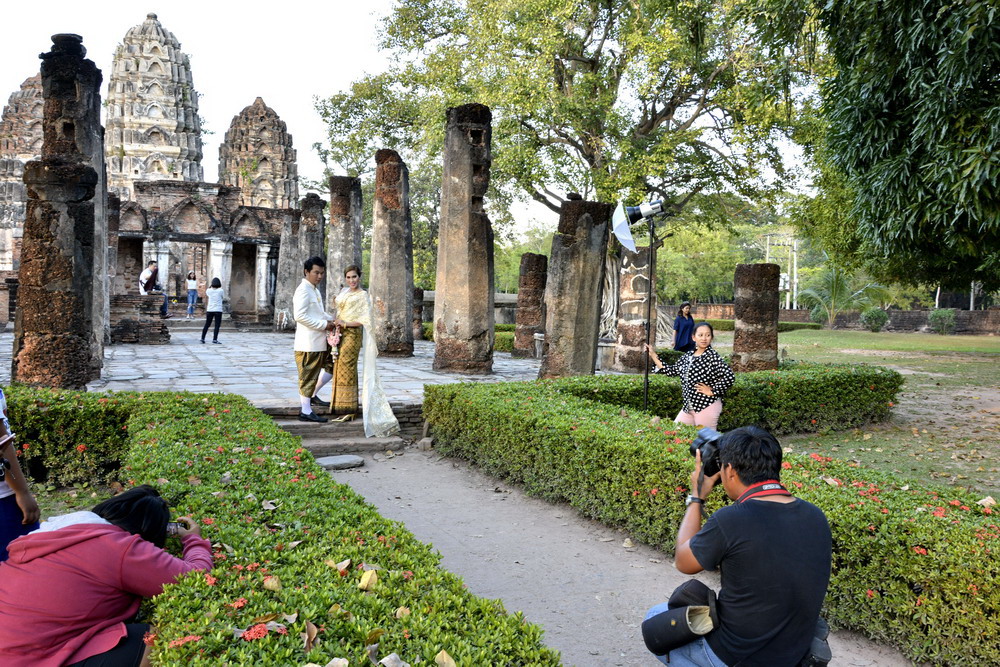Sukhothai Historical Park

The Destination Assessment team interviewing the members of the Community Club
Sukhothai Historical Park is located in north-central Thailand, near modern-day Sukhothai. This UNESCO World Heritage Site represents what is left of the Sukhothai Kingdom. The Kingdom ruled Thailand between the 13th and 14th centuries. The Sukhothai Kingdom is regarded as the founding of Thailand, and the city, as the nation’s first capital.
This cultural site consists of numerous temples and royal palaces. In 2016, it attracted over 1 million tourists with roughly 300,000 of them being from overseas.
Within and around the park, there are 12 communities. These communities established an organization called The Community Club. The club consists of the communities themselves, related government agencies and the Sukhothai Historical Park committee. The mission of the club is to work towards conservation, tourism developments and overall sustainable practices for the park.
Designated Areas for Sustainable Tourism Administration (DASTA)

Group photo of stakeholders and assessment team
Furthermore, the Designated Areas for Sustainable Tourism Administration (DASTA) stepped in to work towards this mission. DASTA is a public organization that works to introduce sustainable tourism best practices. They do so in areas that have valuable tourism attractions, such as the Sukhothai Historical Park.
Additionally, DASTA is a GSTC Member, as they are strong supporters of responsible tourism. To ensure that the Sukhothai Historical Park was following sustainable practices, DASTA invited the GSTC for a destination assessment. The assessment provided a present status of the situation and a strategic plan to put to use, to achieve full sustainability.
Assessment of the Destinations Sustainability Efforts

Members of the Destination Assessment team. Individuals work for DASTA, the Destination Liaison Team, and GSTC
In February 2017, the Sukhothai Historical Park underwent a GSTC Destination Assessment. It was conducted by Dr. Mihee Kang, GSTC Destination Assessor and Program Director for Asia-Pacific.
The 3-day assessment consisted of meetings with various stakeholders from both the private and public sectors. The assessment also included visits to both the park and the communities. The assessment results were presented at the International Conferences on Tourism held in Chiang Mai on June 28th – July 1st, 2017 by Dr. Panate Manomaivibool, the Destination Liaison.
The assessment is based on standards set by the GSTC Destination Criteria. The Criteria covers four pillars of destination sustainability. They include, destination policy, community benefits, management of cultural assets and environmental protection.
DASTA plans to organize other GSTC Destination Assessments for other destinations throughout Thailand. GSTC hopes this movement will push other government agencies in Thailand to take further actions, and the GSTC will support it.





